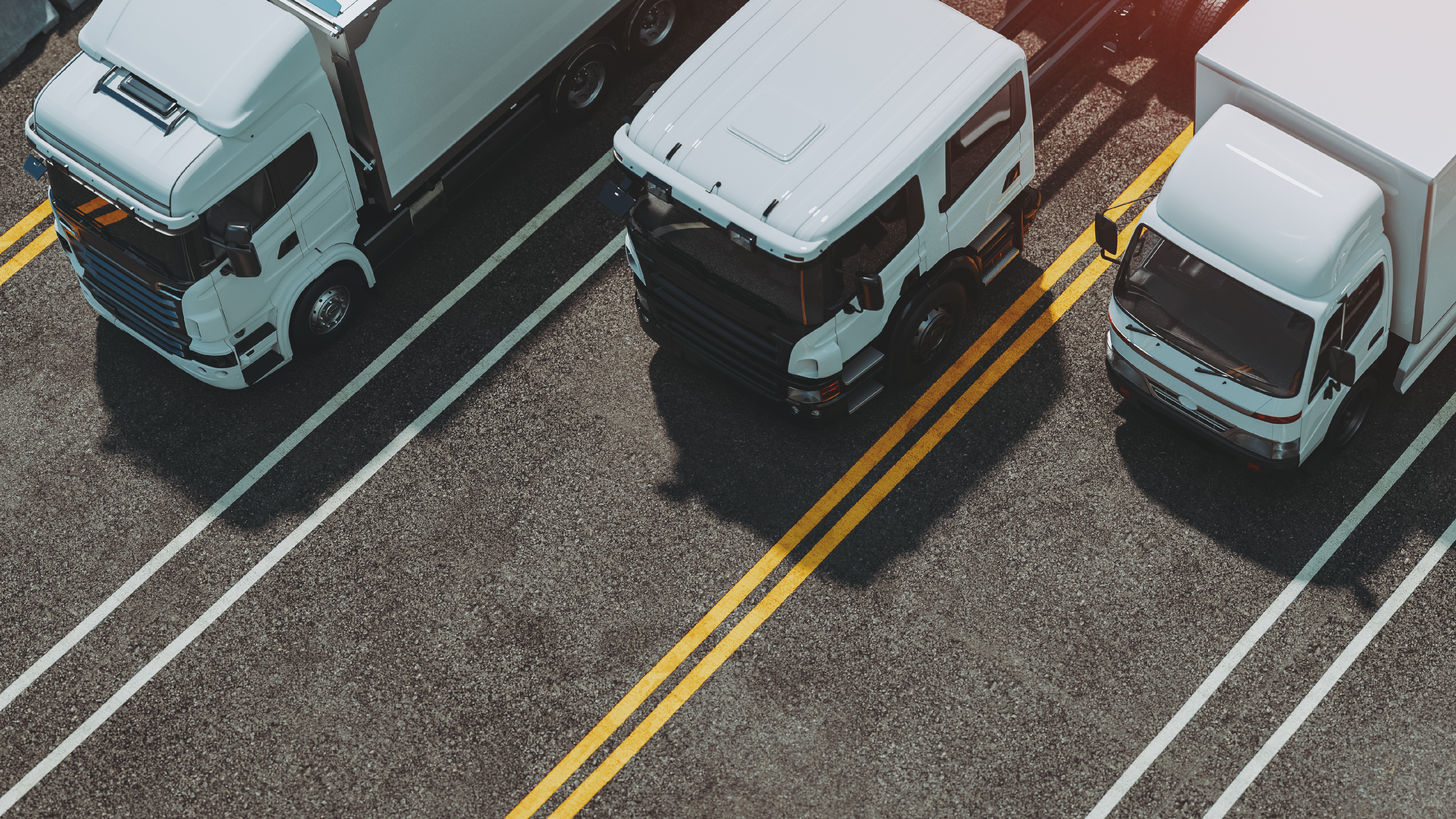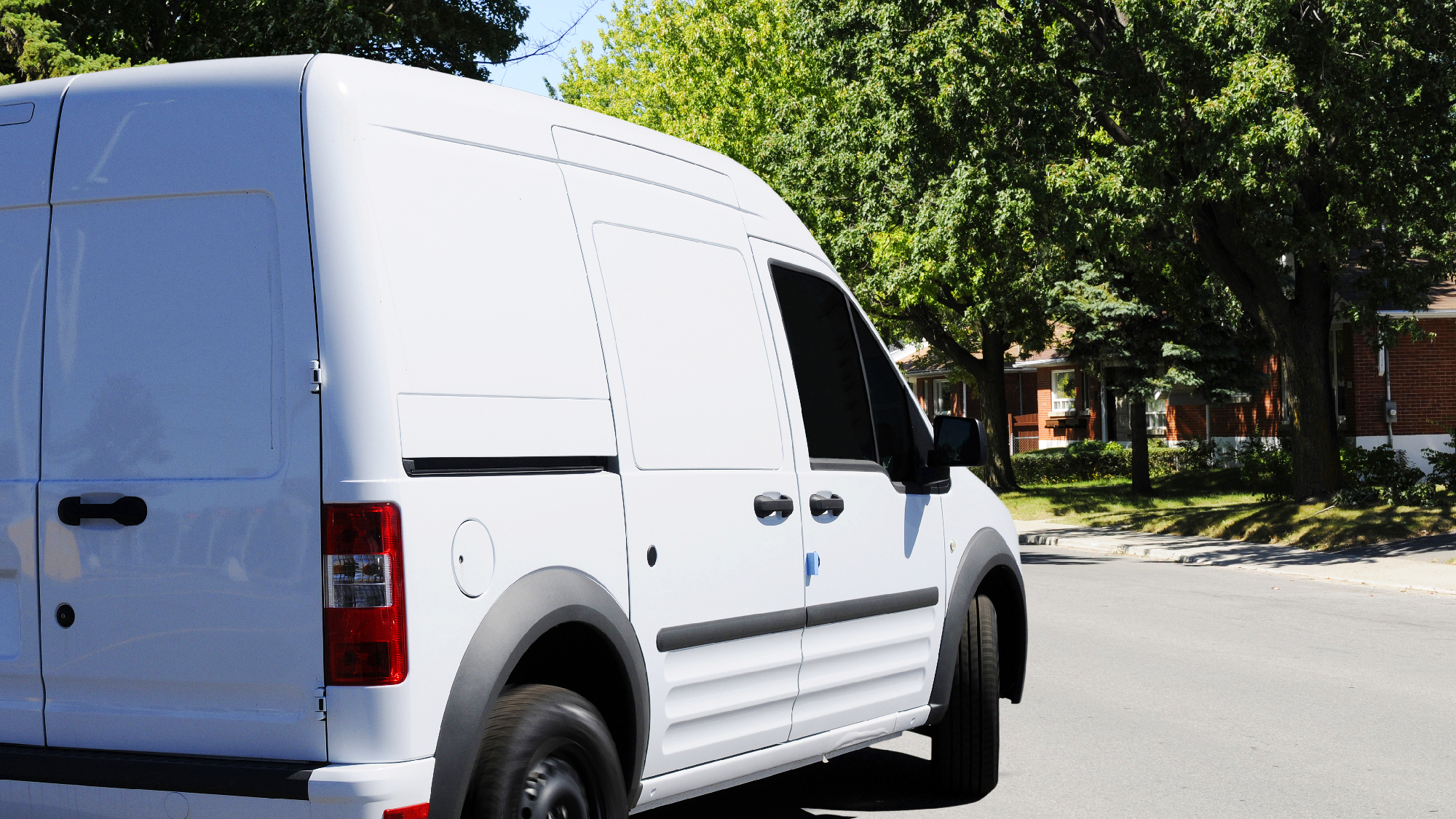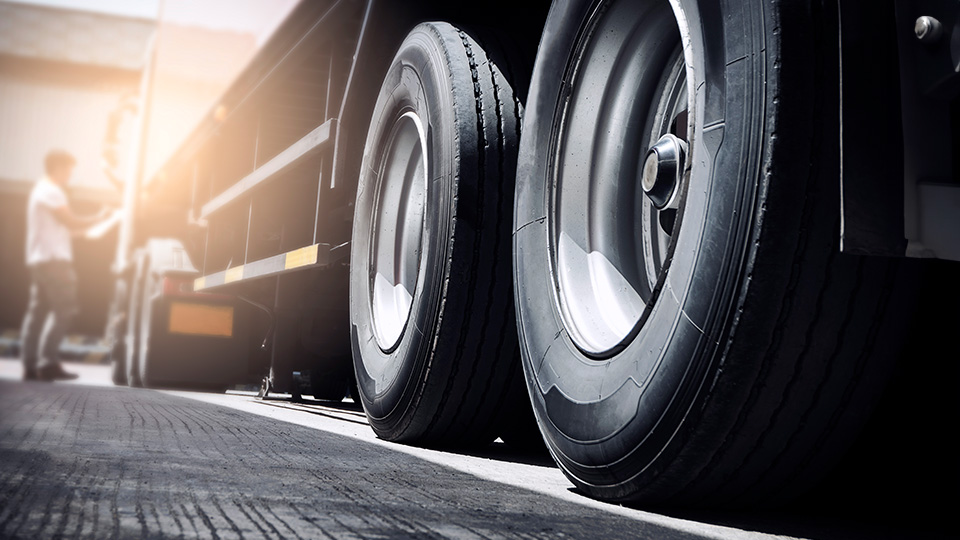What’s the difference between an LCV and an HGV?
October 21, 2024
•3 minute read

Key Insights
- A Light Commercial Vehicle (LCV) is a commercial vehicle that weighs under 3.5 tonnes (gross vehicle weight, or GVW).
- A Heavy Goods Vehicle (HGV) is any commercial vehicle with a gross weight of over 3.5 tonnes.
What’s an LCV?
A Light Commercial Vehicle (LCV) is a commercial vehicle that weighs under 3.5 tonnes (gross vehicle weight, or GVW). While you may have heard of the term Light Goods Vehicle (LGV) being used for this class of vehicles, the more accurate term is LCV. These vehicles can be driven on a regular licence where the driver has a category B (car) entitlement.
What’s an HGV?
A Heavy Goods Vehicle (HGV) is any commercial vehicle with a gross weight of over 3.5 tonnes. This vehicle class extends all the way up to articulated lorries that bend in the middle and can weigh up to 44 tonnes. Drivers of these vehicles will need a category C lorry licence to operate lorries up to 32 tonnes gross vehicle weight. To operate articulated lorries, drivers will require the higher category C+E licence.
What’s an LGV?
A Large Goods Vehicle (LGV) is exactly the same as an HGV. LGV is the newer European term for this class of vehicle, defined by the European Commission. The class is broken down into two sub-categories; N2 for vehicles weighing between 3.5 and 12 tonnes, and N3 for all goods vehicles over 12 tonnes gross vehicle weight. Drivers of LGVs will need a category C lorry licence to operate lorries up to 32 tonnes gross vehicle weight. If they’re driving articulated lorries, they will require the higher category C+E licence.
What is the gross vehicle weight?
Gross vehicle weight, or GVW, refers to the maximum legal weight that a vehicle can be when it is fully loaded (the vehicle’s weight, plus the driver’s weight, plus the weight of goods, fuel, and any passengers). This is the weight that your vehicle would record if it was put on a weighbridge. It's also known as the maximum authorised mass (MAM).
What are the differences between operating LCVs and HGVs?
There are a number of key differences for fleet managers to consider when it comes to running LCVs and HGVs.
Operator licence
Even if you only run one HGV in connection with a trade or business, you will automatically need to obtain a goods vehicle operator licence (O licence). If you only operate LCVs in the UK, then you don’t need an O licence, although it’s still vital to ensure that your fleet is driven safely and responsibly.
If you have LCVs or HGVs that weigh over 2.5 tonnes that transport goods to, or within, the EU, Iceland, Norway, Switzerland or Liechtenstein, then you will need an international goods vehicle operator licence.
Tachographs
All HGVs must be fitted with a tachograph, and those that were first registered on or after 1 May 2006 must be fitted with a digital tachograph. If your LCVs only operate in the UK, then no tachograph is required. However, from 1st July 2026, LCVs weighing over 2.5 tonnes that are used in cross-border freight logistics or cabotage transport in the EU will also have to be fitted with a tachograph. This will have to be used to record their driving data while driving in the EU, Iceland, Norway, Switzerland or Liechtenstein.
The tachograph records information about driving time, speed and distance, and is used to make sure drivers are compliant with EU rules on drivers’ hours and tachographs.
Digital tachograph software makes compliance with drivers’ hours and tachograph regulations simpler by providing driver identification, real-time tacho status, remote download and analysis. With automatic remote downloading, all tachograph information is updated in the fleet management platform in real-time, without the need for either the truck or the driver to be present.
Vehicle maintenance
Whether you run LCVs, HGVs, or a mix of both classes, maintaining vehicle health across the fleet is critical to success. A preventative maintenance programme, supported by fleet maintenance software, will provide significant cost savings and ensure the greatest vehicle availability by enabling smarter and faster decision making, and allowing minor issues to be resolved before they evolve into larger problems that may result in service-impacting and expensive breakdowns.
Greater savings can be made when active diagnostic faults and engine data from the vehicles are analysed by the fleet maintenance software in real time. This predictive approach to vehicle maintenance enables the workshop team to have complete oversight of the state of health of all vehicles in the fleet and triage vehicle repairs based on severity to optimise workshop time and ensure minimal vehicle downtime.
Safety
While HGVs are often considered more dangerous than LCVs due to their greater size and weight, Geotab’s analysis of driver risk scores of HGV and LCV drivers found that in general, LCV drivers are exposed to 54% higher risk than HGV drivers. The analysis found that although driving time as a risk factor is less likely for LCV drivers, fatigue can occur earlier through a more stressful driving environment.
For this reason, and regardless of vehicle weight, it is important for fleet managers of commercial vehicles to operate a driver safety training programme and consider the provision of additional safety measures to give their drivers greater awareness of road conditions while they’re driving. Dash cameras and in-cab driver coaching tools can provide proactive assistance to drivers and alert them to potential risks before an accident occurs, allowing them to make positive changes to their behaviour in the moment.
Want to improve the performance of your LCV or HGV fleet?
Learn how simple it is to use our fleet management software to optimise the safety, health and efficiency of your LCV or HGV fleet.Request a demo
Other Stories

July 25, 2024
2 minute read

July 25, 2024
2 minute read

What is a tyre pressure monitoring system and how does it work?
July 30, 2024
2 minute read
